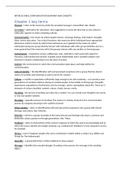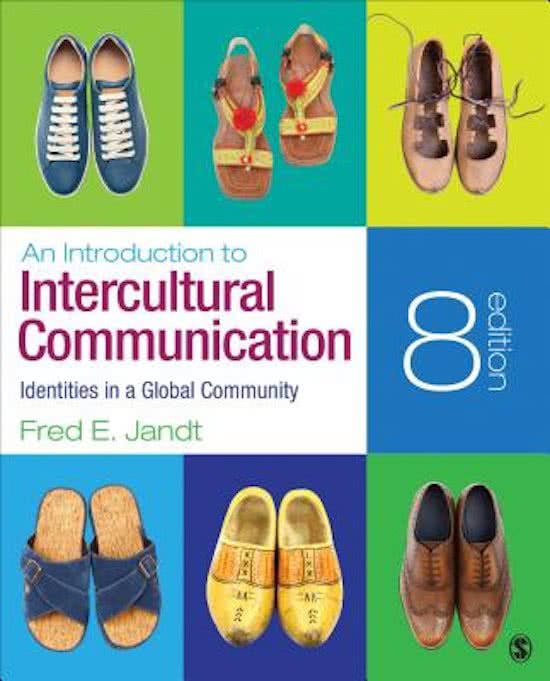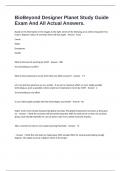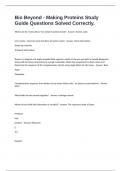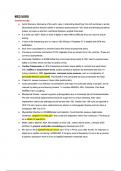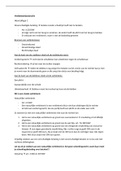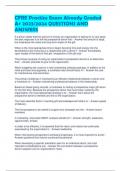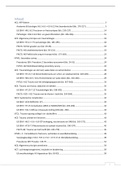Samenvatting
Summary Introduction to Intercultural Communication (CH. 1-6, 10,12,13)
- Instelling
- Hogeschool Zuyd (HZ)
Dit is een samenvatting van hoofdstukken 1-6, 10,12 en 13 van het boek An Introduction to Intercultural Communication van Fred E. Jandt. Het is een samenvatting van de achtste editie van het boek. ISBN: 4317. De samenvatting omvat voornamelijk de hoofdtermen die per hoofdstuk van het boek worden ge...
[Meer zien]
